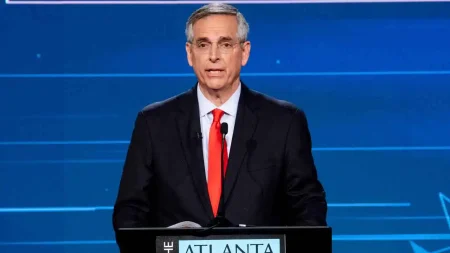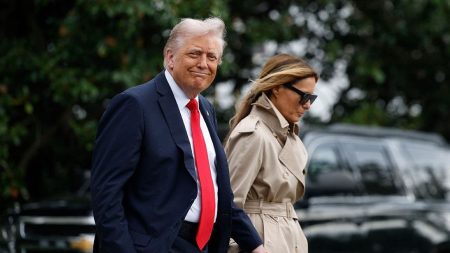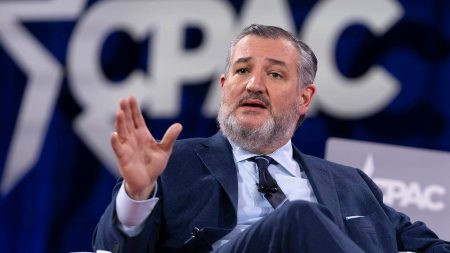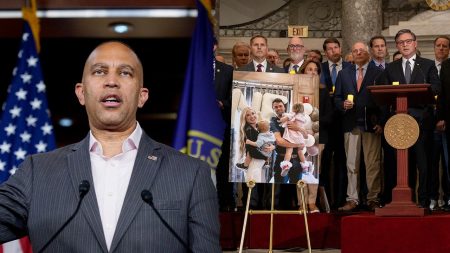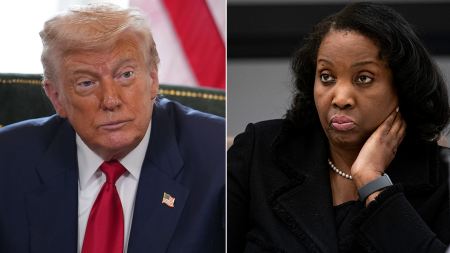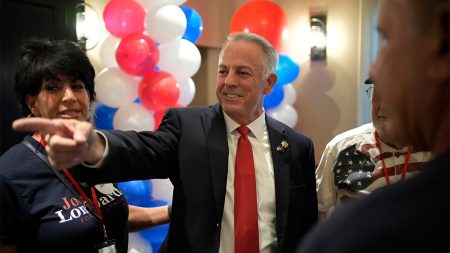At a recent fundraising dinner for former President Donald Trump, wealthy donors contributed a record $50.5 million. Trump revealed that one of his key priorities for a potential second term would be extending the tax cuts implemented by congressional Republicans in 2017. These tax cuts primarily benefited the rich, leading to a contrast with President Joe Biden’s campaign promise to increase taxes on the wealthy while protecting those earning less than $400,000 annually. Biden’s campaign criticized Trump for catering to billionaire donors with promises of tax giveaways, while simultaneously proposing cuts to healthcare, Social Security, and Medicare.
The fate of the 2017 tax law’s individual provisions, set to expire in the near future, will hinge on the outcome of the upcoming elections. If the tax cuts are extended, over 60% of the benefits would go to the top 20% of income earners, with more than 40% reaching the top 5%. Those making between $400,000 and $1 million could expect an average tax cut of $15,000, while those earning over $1 million would receive around $50,000. The lowest income households would only see about a quarter of their members receiving an average tax cut of $100, resulting in a 0.5% increase in after-tax income.
The Tax Cuts and Jobs Act of 2017 already favored the wealthy, with the highest income individuals receiving the most significant tax cuts. The law included changes to both individual and corporate tax rates, the repeal of personal exemptions, an increase in the standard deduction and child tax credit, limitations on certain itemized deductions, and a doubling of the estate tax exemption. Howard Gleckman, a senior fellow at the Tax Policy Center, noted that while tax cuts were distributed across all income groups, those in the highest bracket experienced the most substantial reductions.
The benefits of the tax cuts proposed by Trump for his potential second term would further amplify income disparities. Critics argue that Trump’s promises of tax cuts for the wealthy align more with benefiting his billionaire supporters than the broader population. Biden’s campaign has positioned itself in opposition to such tax plans, advocating for higher taxes on the rich to finance social programs while safeguarding those with lower incomes. The decision on the extension of these tax provisions ultimately rests with the winner of the upcoming elections, determining the direction of tax policy in the following years.
Overall, the showdown between Trump and Biden highlights the contrasting approaches to taxation and income distribution in the United States. While Trump aims to extend tax cuts that primarily benefit the wealthy, Biden proposes increasing taxes on high income earners to support social initiatives for lower and middle-income families. The outcome of the elections will not only determine the fate of these tax provisions but also shape the economic landscape and income inequality in the country for years to come. Wealthy donors may have contributed significant amounts to support Trump’s campaign, but the implications of his proposed tax policies extend far beyond their initial financial contributions.





